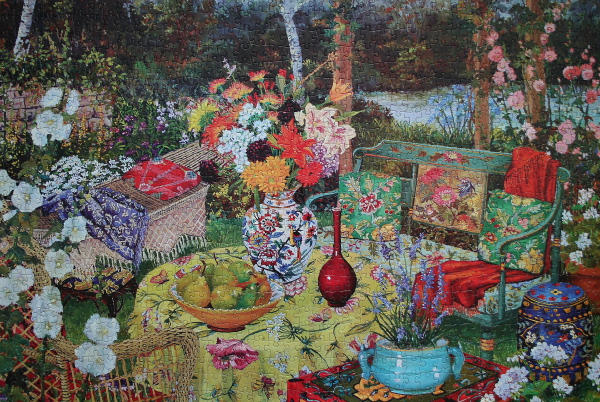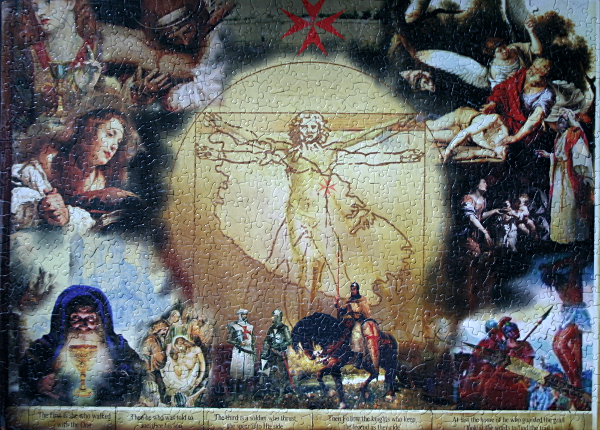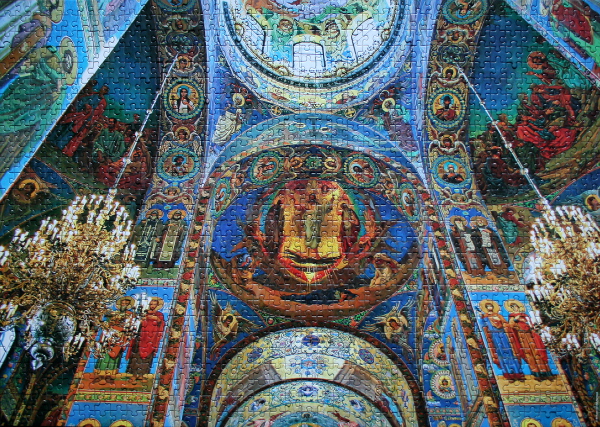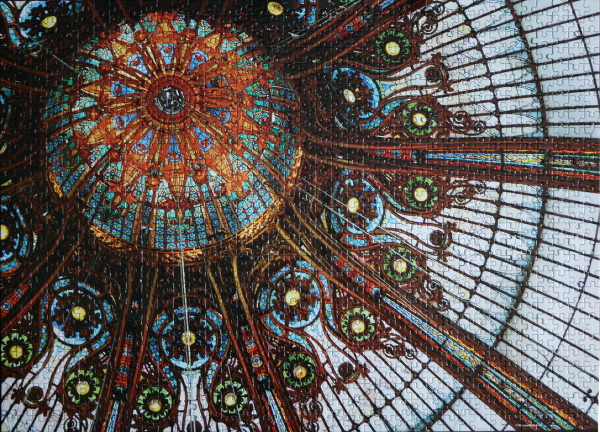
Size: 500 pieces
Dimensions: 48.5 cm x 35.5 cm
Producer: Sure-Lox, The Canadian Group
Puzzle: Somewhat damaged by bad puzzle glue and long storage, this is one of the first puzzles I have assembled. Not trivial due to a large number of similarly-coloured regions. Areas of distinct colour are easiest to approach first (such as the blue, red, and white lights). The two skyscrapers to the right of the centre, and the lights along the waterfront are good regions to follow. From that point on, the black of the water is equally complex as the black of the skyscrapers with the yellow and green windows, but due to the small size of the puzzle and the Sure-Lox pieces fitting together well, it is not very complex to complete.
Notes: Victoria Harbour (or Hong Kong Harbour) is a natural landform harbour situated between Hong Kong Island and the Kowloon Peninsula in Hong Kong. The harbour’s deep, sheltered waters and strategic location on the South China Sea were instrumental in Hong Kong’s establishment as a British colony and its subsequent development as a trading centre. Victoria Harbour is home to most of the port facilities of Hong Kong, making Hong Kong amongst the world’s busiest. An average of 220,000 ships visit the harbour each year, including both ocean going vessels and river vessels, for both goods and passengers. [Wiki]
























